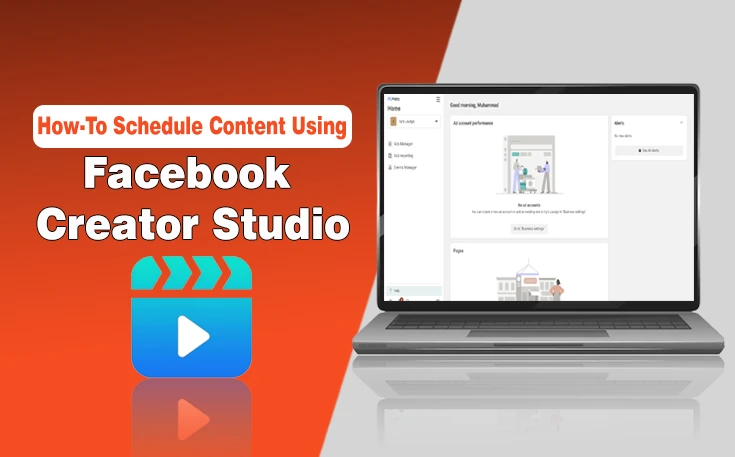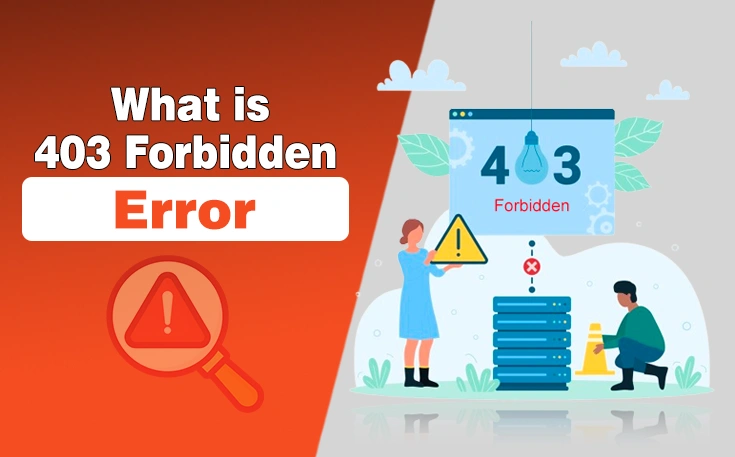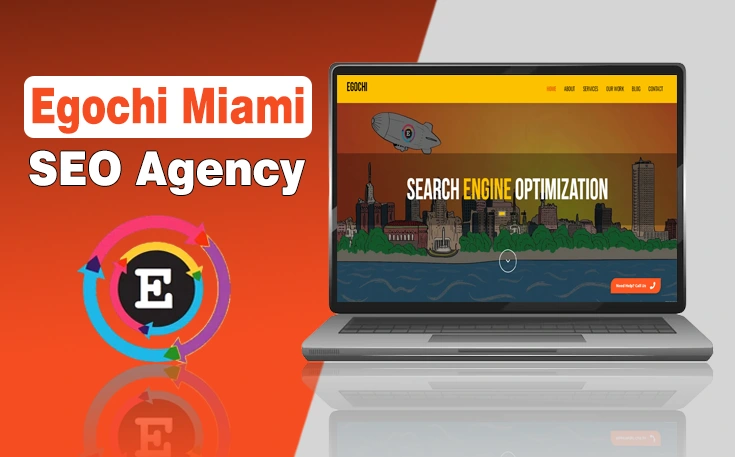In the fast-paced digital world, where observation spans are fleeting, and competition for engagement is feral, visual storytelling has become a game-changer in web design. Beyond mere attractiveness, visual storytelling has the power to captivate the audience, create lasting emotional connections, and convey the message with depth. Digital is the most powerful tool you have to make that happen. This blog post will explore the guidelines for using digital storytelling in web design and provide actionable insights for integrating it effectively into your projects.
What is Digital Storytelling?
Digital storytelling is the art of using multimedia tools to tell stories in a compelling way. This can include things like text, images, audio, and video. Digital stories are often short and can be shared online. Usually, digital stories employ methods like scroll-based animation, rich media, and parallax scrolling to captivate and retain the reader’s interest.
Use of Digital Storytelling in Web Design
Using digital storytelling in web design can greatly improve the user experience and engagement on your business website. It presents numerous opportunities for companies seeking to capture maximum public attention and engagement in a crowded market. Here’s a guide on how to effectively incorporate digital storytelling into your web design to your company’s advantages:
- Feature Your Brand
- Add Value to Your Content
- Know Your Target Audience
- Grab Their Attention
- Content is Optimized For Reading
- Keep It Simple
Feature Your Brand
A brand identity is essential for storytelling in web design and shaping how individuals connect with your organization. Before delving into content creation, it’s imperative to examine the existing branding landscape. Utilize descriptive tags bearing names prominently displayed on your homepage to convey a compelling narrative about your brand. Narrate this story through words or visuals that resonate with readers, ensuring clarity and relatability. Incorporating snapshots of real customers or staff further strengthens the bond with potential clientele to foster a sense of connection. This strategic approach to brand management is pivotal in harnessing the advantages of digital storytelling.

Read Also: How to Make Traffic-Driving Social Media Videos?
Add Value to Your Content
One effective method to promote your brand is by creating content that offers value to your audience. For instance, incorporating infographics, charts, and graphs alongside text can significantly enhance engagement and encourage social sharing. Visual content not only entices visitors to linger longer on your website but also garners approximately three times more shares compared to conventional blog posts. When individuals find your site informative and beneficial to their needs, they are more inclined to advocate for your brand by recommending it to others.
Know Your Target Audience
Are you aiming to cater to a specific market or do you intend to capture a global audience with your storytelling, web design, and content? Consider the layout of your website. If your goal is to attract a particular demographic, you can afford to delve deeper into the intricacies of your website’s design. However, if you’re aiming for a broader audience, your site should be easily accessible and understandable to various types of web users. An effective approach to targeting your audience through storytelling and web design is to focus on geographical location. When tailoring your content to a specific region, it’s essential to incorporate location-specific elements into your storytelling.
Grab Their Attention
Ensuring that you capture the visitor’s attention is by thinking about the visitor’s experience. Do they need to click to access your content? Is scrolling intuitive? Particularly beneficial for small businesses with limited resources, scrutinize your website’s layout if you opt not to hire a designer. Assess your use of whitespace versus distracting backgrounds. Can you refine the layout to enhance readability? These nuances are vital for reaping the rewards of digital storytelling. Additionally, focus on fonts and colors are they legible and visually appealing? Ensure your layout is cohesive and user-friendly for seamless navigation.
Read Also: How Copywriting & Graphic Design Work Hand-In-Hand
Content is Optimized For Reading
When your content is hard to read or slow to load, you risk losing potential customers. Break your content into more manageable sections using headers. It’s crucial to present the most important information first. A carefully planned content layout can help keep users engaged, reducing the bounce rate on your website. Improve your website’s performance today by shrinking large image files, eliminating unused scripts, and transitioning to a faster content management system. Alternatively, consider partnering with a web design agency specializing in user experience audits to identify and address any issues hindering your site’s usability.
Keep It Simple
The design of your website constitutes merely a fraction of its appeal to visitors. The written content, or copy, holds equal, if not greater, significance. Pay close attention to the opening line of your site; it should be the focal point. Ensure simplicity in the landing page layout to avoid overwhelming visitors. A cluttered interface with extensive forms might prompt them to navigate away. Keep your message concise and straightforward. For instance, if your website pertains to local businesses, avoid presenting it as a vast database. Instead, focus on highlighting a few key aspects that would interest potential customers. Similarly, refrain from overusing buzzwords visitors arriving at your site likely already understand the essence of your offering.
Final Words
Mastering the art of digital storytelling in web design is essential for captivating audiences in this digital landscape. By effectively integrating storytelling elements into your website, you can create lasting emotional connections with your audience, improve user engagement, and ultimately drive business success. From featuring your brand identity to optimizing content for readability and simplicity, each aspect plays a crucial role in crafting compelling narratives that resonate with visitors. Embracing digital storytelling as a central strategy in web design empowers brands to stand out amidst fierce competition and leave a memorable impression on their audience.





